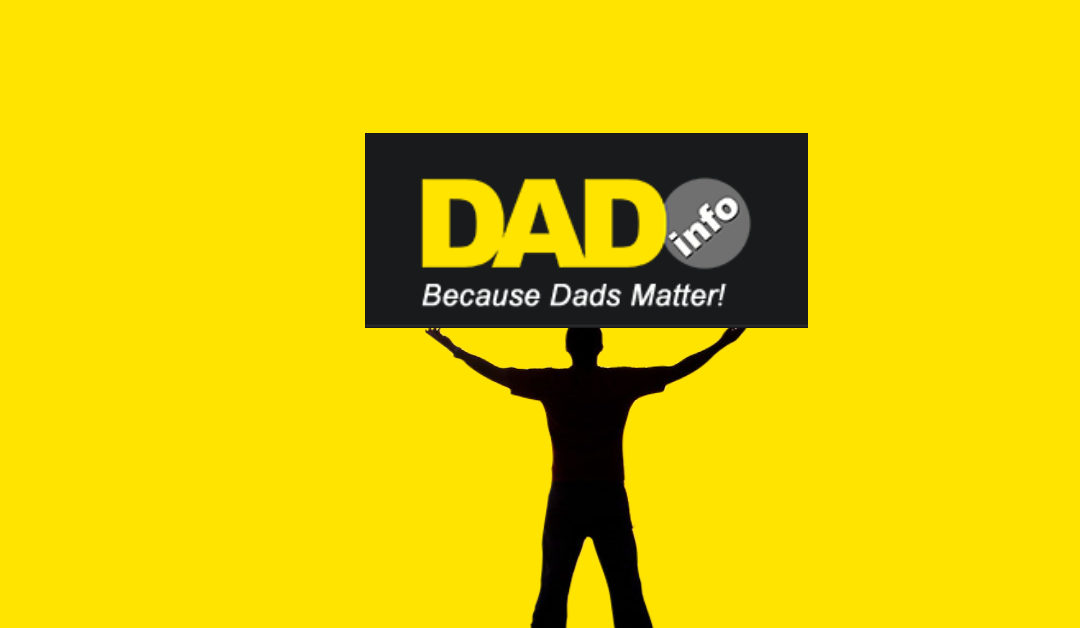Sciatica is one type of back pain that many men, particularly those who drive a vehicle or carry heavy loads for a living, deal with on a regular basis. But what is sciatica and what can you do about it? Osteopath Oliver Eaton fills us in...
The definition of sciatica is pain in either one or both legs with possible tingling, numbness or weakness, caused by the pinching of the sciatic nerve along its pathways – it’s more common than you would think, and yet many men don’t know much about sciatica.
The largest nerve in the body, the sciatic nerve supplies both sensation and motor function to the legs. It’s made up of several individual nerves that branch off from the spinal cord through our vertebrae.
Sciatica rarely occurs before the age of 20 due to the suppleness of the structures that surround the sciatic nerve. As we age, those structures start to degenerate or become tight, leaving the nerve vulnerable to being pinched along its pathway.
The symptoms
* Sharp shooting pain that travels down the leg in a line, often into the foot and toes
* A sharp pain that may make it difficult to stand up or walk
* Numbness, tingling, burning or weakness in the buttocks or legs
* Pain that is constant in only one side of the buttock or back of the leg
* Pain that is worse when sitting
The symptoms can be constant or develop when moving
Research has shown that individuals who are obese, overweight or who smoke are at more risk of developing sciatica.
Many men who suffer from sciatica often get better within a few weeks on their own, with others it may take many months. It all depends on what has caused it. It’s important to identify the cause as early as possible as limping to avoid the pain can often trigger a separate set of symptoms.
The six most common causes of sciatica
Muscles strain
If any of the muscles along the pathway of the sciatic nerve suffer a strain and it isn’t treated properly, then it can cause scar tissue to form over that strain. This scar tissue can potentially put pressure on the sciatic nerve.
Lumbar herniated disc
Herniated discs occur when the gel-like material inside the disc pushes against the outer coating, causing it to bulge. This bulge can then push against the nerve that runs alongside it. The most common symptom of a lumbar herniated disc is sciatica.
Degenerative disc disease
Discs, alongside cartilage in the body, don’t have a blood supply. This means a disc’s ability to repair and regenerate isn’t as efficient as, for example, a muscle’s ability. As we age, the volume of fluid in the disc lessens, weakening the structure, leaving it vulnerable to bulging out against a nerve. This can then cause sciatic type pain if the disc that is bulging against the nerve is in the bottom third of the spine.
Piriformis syndrome
One of the most common causes of sciatica is when the sciatic nerve becomes pinched by the piriformis muscle. The muscle itself is one of the deep buttock muscles and in 30% of the population the nerve runs directly through it, leaving these individuals more vulnerable to it pinching. We weren’t designed to sit for as long as we do in the 21st century with the growth of deskbound jobs. This plays a role in the development of tension in the piriformis. The good thing is that it is one of the easiest forms of sciatica to resolve with alternative treatments.
Sacroiliac joint dysfunction
When the sacroiliac joint is irritated it can irritate the lowest lumbar nerve as it runs alongside the joint, causing debilitating sciatic type pain as the joint is moved with minor movements such as walking.
Lumbar spinal stenosis
Stenosis occurs when the space between the spinal joints is narrowed. You have nerves that travel next to this space, and they can often become irritated as the space between the joints lessens. It often develops over time as a result of degeneration in the spinal joints as we age, and is most common in older men.
Conventional sciatica treatments
Prescription or over-the-counter medications can often be effective at reducing the symptoms of sciatica. Nonsteroidal anti-inflammatory drugs (NSAIDS) such as Ibuprofen can help if the sciatica is due to any inflammation pressing against the nerve.
If the pain is due to tension in the muscles tightening around the nerve, then muscle relaxants such as diazepam can help. These aren’t long-term solutions though, and won’t address the root cause of your symptoms or help prevent them from coming back.
Also, long-term use of these types of medication can have negative effects on the health of your stomach and liver.
To help reduce the symptoms naturally and prevent them from returning, a more structured treatment approach needs to be adopted.
Natural sciatica treatments
Heat/ice
Heat and ice can help for both acute and chronic cases of sciatica. If the sciatica is a result of an acute injury, straining a muscle for example, then you can use a procedure called contrast bathing. This involves placing ice or a cold compress over the area for 10 minutes and then immediately after placing heat over the area for 10 minutes. This can be repeated twice an hour if needed.
Osteopathy
Osteopathy is a system of alternative medicine that helps both to identify and address the root cause of an individual’s sciatica. Several orthopaedic tests will be used to find out where the sciatic nerve is being pinched and then a combination of massage, stretching and gentle manipulation is used to take the pressure off the nerve. Several stretches will also be prescribed to help sustain the results and prevent the symptoms from returning.
Acupuncture
If the cause of an individual’s sciatica is the result of tension in the leg and muscles tightening up around the nerve, then acupuncture can be effective at helping reduce this tension. Hair-thin needles (which are usually not felt) are inserted into the affected muscles.
Massage therapy
Again, if an individual’s sciatica is caused by tight muscles around the sciatica nerve then massage therapy can be an effective way of releasing those muscles, creating an environment for the sciatic nerve to operate without any irritation.
Osteopathy, Acupuncture and Massage have all been approved by the NICE Guidelines (National Institute for Health and Care Excellence). Both NHS and private doctors in the UK use these guidelines to inform them of appropriate treatments.
Oliver Eaton is a qualified and registered osteopath, Medical Acupuncturist and Musculoskeletal Injection Therapist. He specialises in the treatment of sciatica, arthritis and headaches/migraines, and uses the latest diagnostic approaches to help identify the root causes of an individual’s sciatica. Once identified, he is able to use osteopathy or acupuncture to both help to resolve the symptoms and prevent them from returning, without the use of medication. Find out more at prohealthclinic.co.uk








